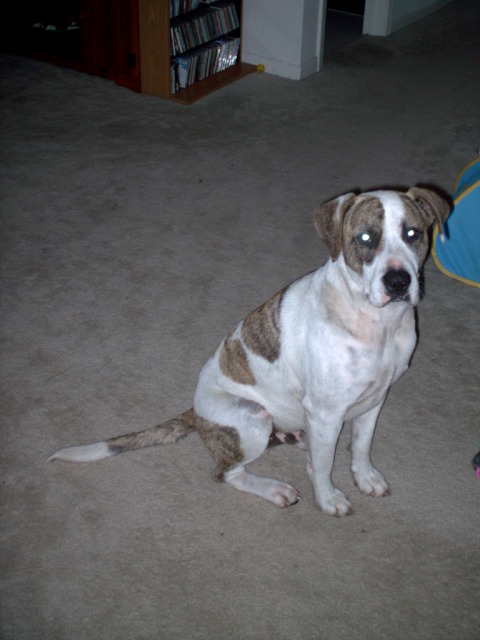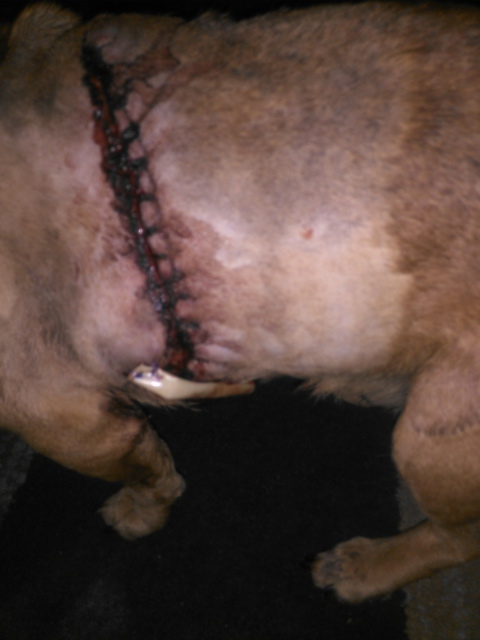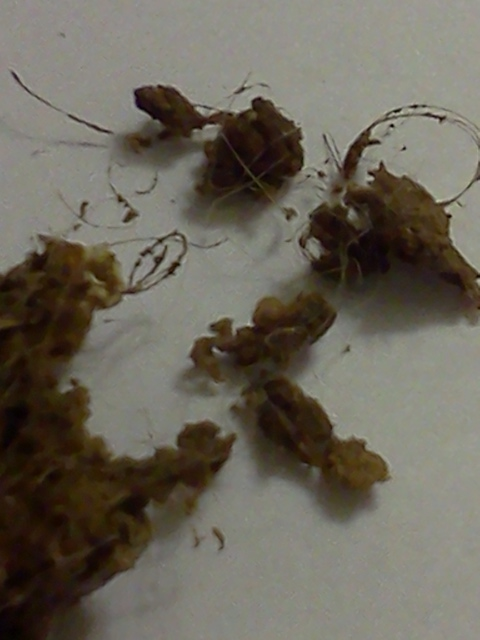QuestionWas wondering if you ever owned a beagle that has suffered from this, if so what form of treatment did you have? I am currently using Prednisone for my beagle. I am currently trying to wean her off of them and every time we drop the dosage she seems to have a relapse of swelling in her neck and hunching up in her back. Which causes her to cry in pain. Any suggestions?
Answer
Hi Michael,
Beagle Pain Syndrome is also called Steroid Responsive Meningitis, or SRM. There are several breeds prone to develop this condition.
Steroid responsive meningitis is named that because it is unclear why it occurs, so naming it for the underlying cause isn't possible. It responds well to the use of corticosteroids, so for now, that name seems best. It is usually necessary to use corticosteroids daily for a couple of weeks to a month or more to resolve the painful symptoms. Once the dog seems to be back to normal, the dosage of Prednisone can be tapered off, slowly, to try to keep the illness from recurring, but recurrence is fairly common.
Talk to your vet, it's possible a lesser dose of Prednisone will ease your dog's symptoms. Your dog may have repeat episodes of SRM, so always keep some Prednisone on hand for when it's needed. What triggers these outbreaks is unknown, but it's a cycle of painful outbreaks, followed by a pain free period. The minute your see your dog start to look like she's in the slightest bit of pain, start using the Prednisone, and after a week wean her off of it. If you can get the Prednisone into her early in the course of the "outbreak", it will shorten the length of time it's needed.
Usually the dose of Prednisone used is about 1 to 2mg/kg daily for the first weeks of treatment and then going to an every other day dosing scheme and finally tapering the dosage down slowly to stop the medication after several months. If a relapse occurs while the Prednisone is being tapered, go back to the original dosage for a few days and then going back to the last alternate day dosage that was working seems to control the problem.
The overall prognosis for this condition is actually good, with most dogs either recovering completely or at least having manageable disease.
I hope I've been a help.
Best of luck,
Patti

 dog jumping fence
Question
dog
I have a 3 year old Staffordshire/Lab that
dog jumping fence
Question
dog
I have a 3 year old Staffordshire/Lab that
 Older dog with distended stomach.
Question
Belle
Hi, my 14 year old miniature dachshund,
Older dog with distended stomach.
Question
Belle
Hi, my 14 year old miniature dachshund,
 tumor on my dog
Question
stitched up second tim tumor
My d
tumor on my dog
Question
stitched up second tim tumor
My d
 Dog Worms
QuestionDog Poo
Dog Poo
QUESTION: Ive got
Dog Worms
QuestionDog Poo
Dog Poo
QUESTION: Ive got
 My shitzu/bision (is on facebook)
Question
Barkley
Barkley Layberger ,my dear 2 ye
My shitzu/bision (is on facebook)
Question
Barkley
Barkley Layberger ,my dear 2 ye